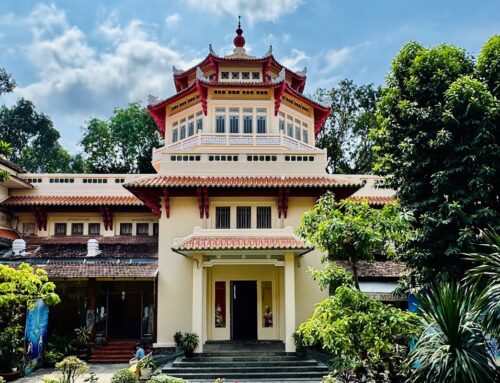What It’s Like To Stay in a Traditional Hut in Batad, Philippines
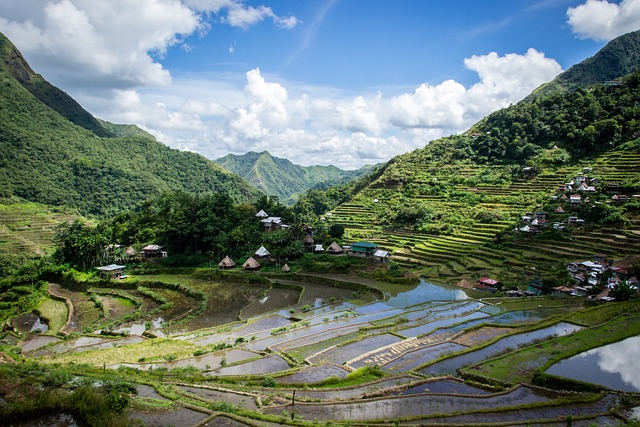
Experience a Stay in a Traditional Hut in Batad
What to expect when sleeping in a traditional house in Batad, the Philippines. A guide to the Ifugao huts and visiting the rice fields. Travelers seeking an authentic experience in the Philippines can find it by staying in Batad, a small village in the Cordillera Administrative Region of Luzon.
Tourists who visit this area have the opportunity to spend the night in a traditional hut. This unique form of accommodation provides an insight into Ifugao culture and allows guests to feel in touch with the natural surroundings. This article explains everything travelers need to know about staying at a traditional house in Batad and visiting the rice fields.
Traditional Huts of the Ifugao Community
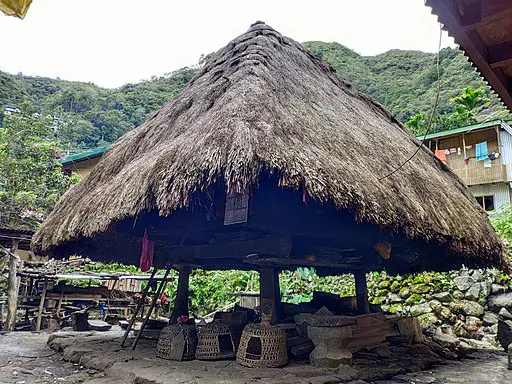
Wikimedia Commons by: Ekaterina Kvelidze
The Ifugao are wet-rice agriculturalists living in the mountainous region of northern Luzon. Several customs and traditions set the Ifugao apart from other ethnic groups and their most important values are those of kinship and family ties.
The Ifugao community lives in small hamlets, each comprising around 5 to 10 houses distributed throughout the rice terraces of Batan and the surrounding area. Ifugao huts are generally square with wood floors and walls without windows. A characteristic feature is the pyramidal thatched roof. The hut sits atop 4 tree trunks that keep it elevated from the ground, a mobile staircase providing access.
It is said that Spanish missionaries in the Philippines were impressed by the construction of the humble houses that were constructed without tools such as saws. The beams of the homes are often decorated with carvings.
Typical layout of an Ifugao hut
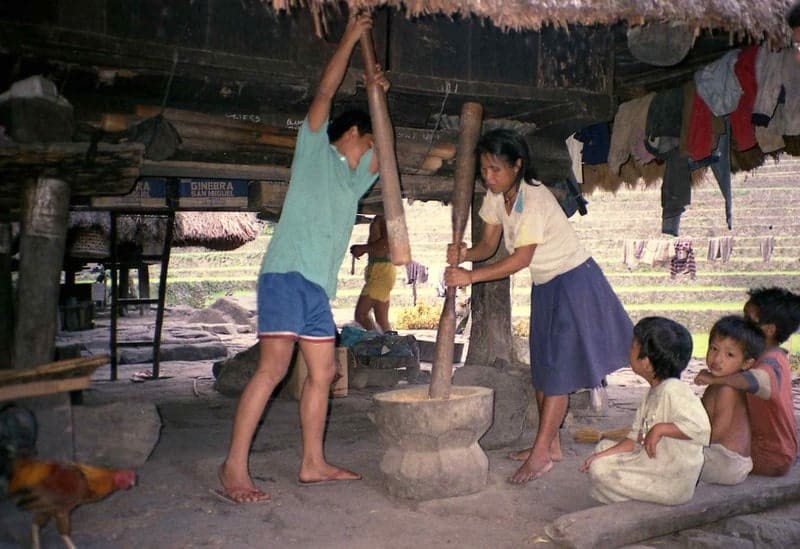
Flickr by: Lon&Queta
These homes were built with practicality in mind, designed to suit the needs of the wet-rice agriculturalists. The huts are typically distributed over 3 floors as follows:
Ground floor
An open space under the main house is used for cooking large meals and carrying out household tasks. Live animals such as chickens could also be kept in this area.
Main house
The main floor is elevated from the ground and accessed by a wooden staircase which is removed at night to prevent animals and, in the past, enemies from entering.
The home features a kitchen area for preparing smaller meals and boiling water. The walls are lined with storage for tools and cooking utensils. The dining and sleeping areas are in this same area.
Top floor
The attic space of the hut is designated for rice storage. Following the harvest, the rice can be stored for months to be consumed by the family.
Where to Stay in Batad
Travelers in Batad who wish to spend the night in a typical hut will find a few options. Due to the limited availability, it is best to book in advance.
One popular option is Ramon’s Homestay and Restaurant. This Ifugao hut has received many positive reviews from guests who have enjoyed the experience, in particular, the views over the terraces. The homestay also benefits from an on-site restaurant where guests can sample Filipino cuisine.
Another option is Batad View Inn and Restaurant which has similar nipa huts and dining available.
For more accommodation options, tourists can stay in the larger nearby town of Banaue and visit Batad for the day.
Visiting the Batad Rice Terraces
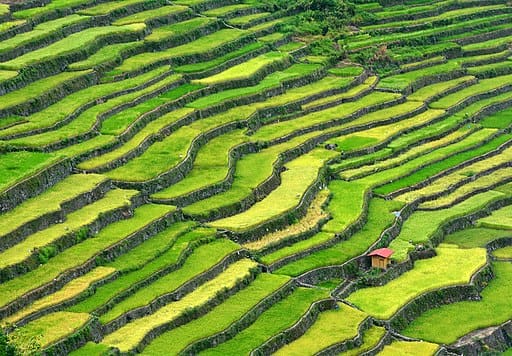
Visitors staying in one of these lodgings are in the perfect place to explore the rice terraces that the area is known for.
The Rice Terraces of the Philippine Cordilleras are a UNESCO World Heritage Site as an example of a living cultural landscape that has evolved over thousands of years: the terraces have sides made of stone that was pulled from the river bed some 2,000 years ago.
The views from the hamlets nestled around the terraces are impressive and can be enjoyed from the houses. Tour guides are recommended to wander into the rice terraces in order to avoid getting lost or damaging the rice terraces. Guides will also offer their knowledge about rice planting, harvesting, and life in the village.
Another highlight is Tappiya falls, an impressive 50 ft cascade. The best time to go to the Philippines if planning to stay in Batad is either from April to May or, to see the fields at their greenest, October and November.
How to get to Batad rice terraces
Most overseas travelers arrive at Ninoy Aquino International Airport in Manila. Foreigners should ensure they check the visa policy and, if required, obtain the relevant Philippines visa ready to present on arrival. Guests must first reach the neighboring village of Banaue before continuing the journey to their accommodation in Batad:
- Take an overnight coach from Manila to Banaue: 9 to 11 hours
- Travel by Jeepney or tricycle to Batad saddle, on the edge of the village
- Follow the trail on foot to the center of the village
Once in the village center, accommodation should be easy to locate, Filipinos are welcoming and will usually be happy to point visitors in the right direction.




